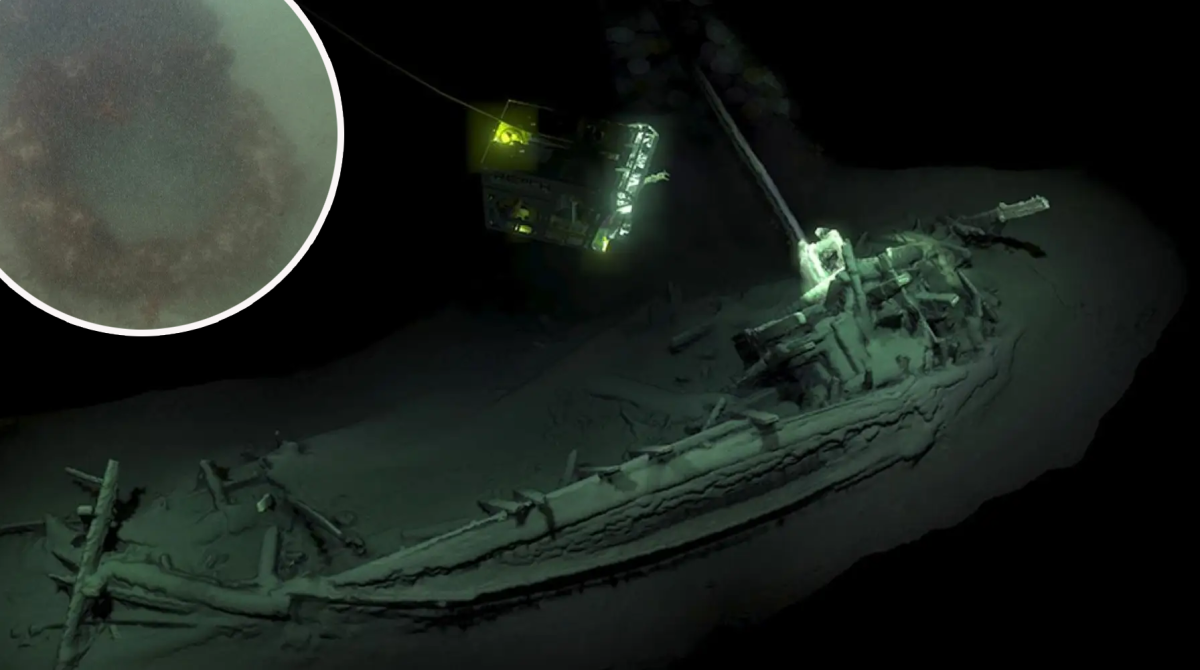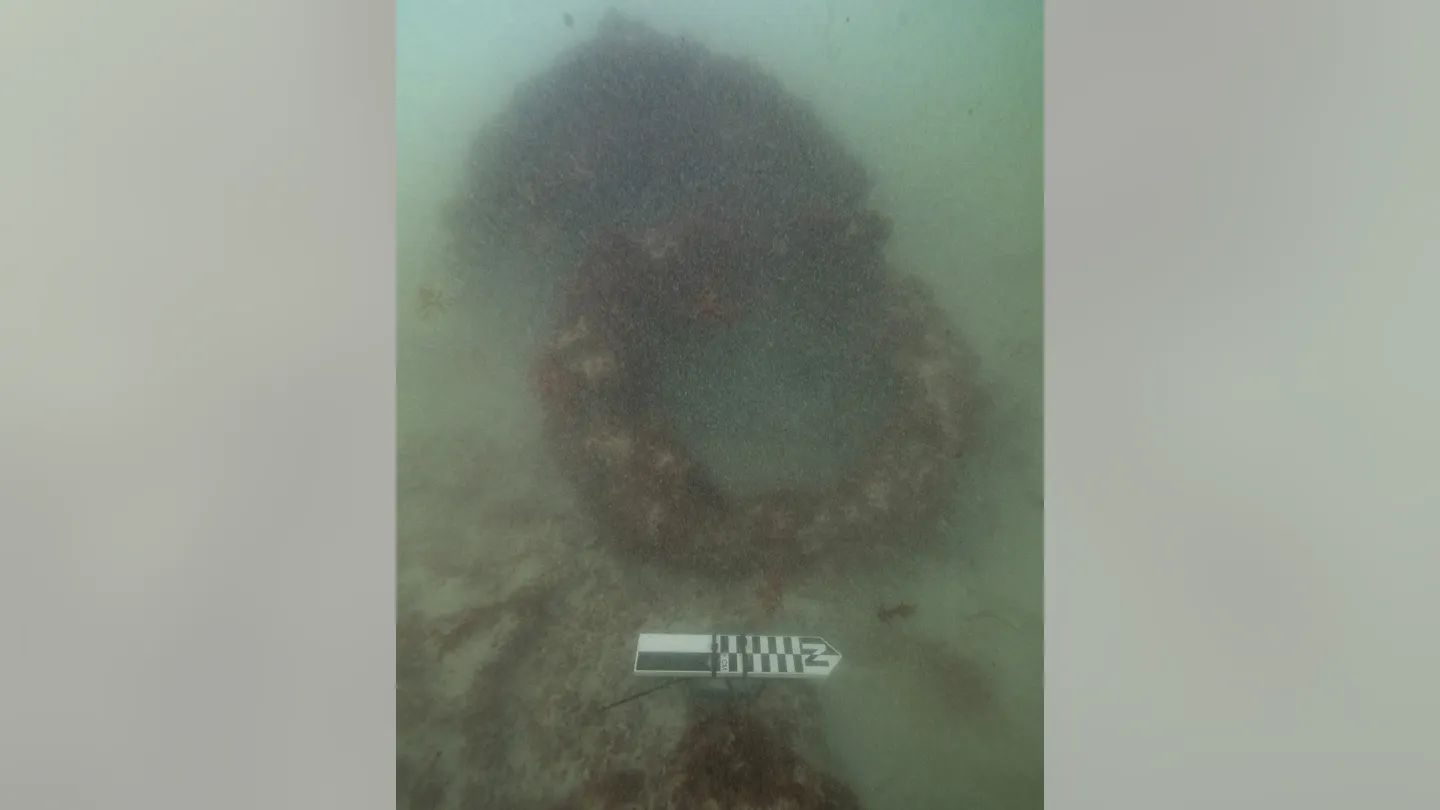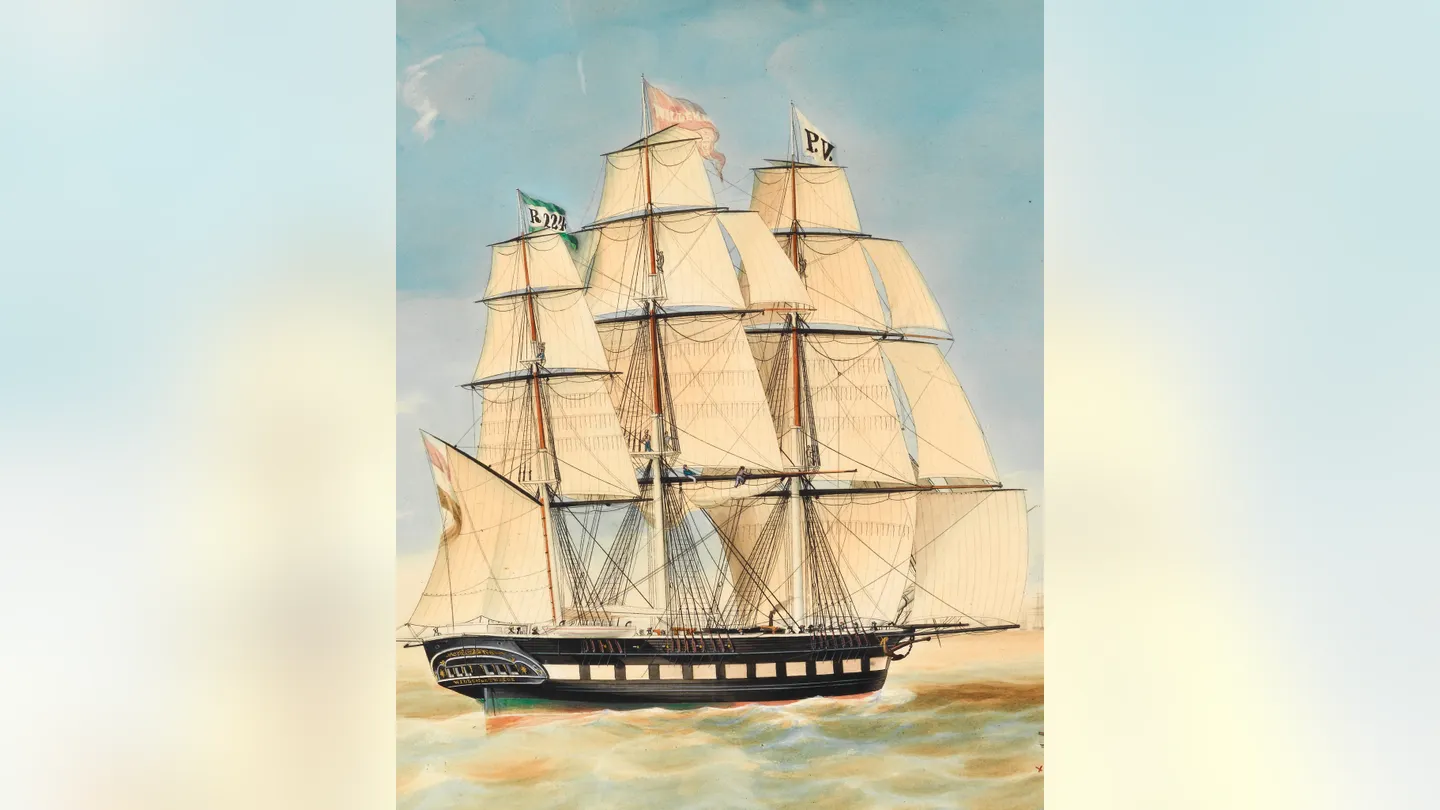Real.gr | 07:54, May 13, 2025
Archaeologists in Australia have announced the discovery of the remains of the Koning Willem de Tweede, a Dutch merchant ship weighing 800 tons that sank in 1857 near the town of Robe, South Australia. The tragic sinking claimed the lives of 16 out of the 25 crew members on board.
This find has been hailed as a “significant discovery” by the Australian National Maritime Museum and the Silentworld Foundation, who have jointly led the research over the past four years.
A Link to the Past of Trade and Migration
In a related post, the museum emphasized the importance of the find, noting that shortly before its sinking, the ship had transported over 400 Chinese miners. This fact highlights the vessel’s role as “a connection to stories of trade and migration.”
Precise Detection with Advanced Technology
James Hunter, acting head of the museum’s maritime archaeology department, told Australia’s ABC channel that the team identified critical parts of the shipwreck, including the windlass—a mechanism used for raising anchors—that protrudes from the seabed.
“We examined evidence such as the ship’s draft and the depth at which it was found, and everything matches perfectly,” Hunter said, confirming the team’s confidence that this is indeed the final resting place of the Koning Willem de Tweede.
Researchers also detected a magnetic anomaly on the seafloor approximately 42 meters long—matching the ship’s length.
International Collaboration Amid Challenging Conditions
The investigation was a collaborative effort involving the museum, the Silentworld Foundation, South Australia’s Environment and Water Department, Flinders University, the Dutch Cultural Heritage Agency, and the Netherlands Ministry of Foreign Affairs.
Australian National Maritime Museum
According to a Silentworld statement, despite visibility challenges underwater, the latest survey led to the probable identification of the wreck after efforts began in 2022.
“When weather conditions allowed, we conducted seabed surveys and mapping. The last mission, despite murky visibility, enabled us to make this impressive identification,” the team noted.
Statements: “Culmination of Years of Research” and Underwater Challenges
In a Facebook announcement, the Australian National Maritime Museum stated:
“This important discovery, supported by the Netherlands Ministry of Foreign Affairs and the Dutch Cultural Heritage Agency, marks the culmination of a dedicated research effort that began in 2022. Future visits are planned to further assess the site and uncover more details of this significant chapter in maritime history.”
The Silentworld Foundation added:
“When weather permitted, we carried out searches for the wreck. The latest mission at Robe, in partnership with the above team, led to its likely identification. Visibility was limited but sufficient for the team to make this remarkable finding!”
A Ship Buried in Sand
Hunter explained that the ship may have run aground on the seabed and then been covered by sand, making it difficult to locate.
“The ship likely ran aground and was subsequently buried by sand,” he said. “Sand stirs up very easily and floats in the water, almost like an underwater snowstorm,” he added.
Australian National Maritime Museum
The team had suspicions about the wreck’s location three years ago, but sand-related visibility issues prevented confirmation.
“It takes almost nothing to stir up the sand on the seabed—it floats in the water like an underwater snowstorm,” Hunter emphasized.
The museum plans to return to the site for further study and documentation of the wreck, which adds another vital piece to the global maritime history puzzle.









